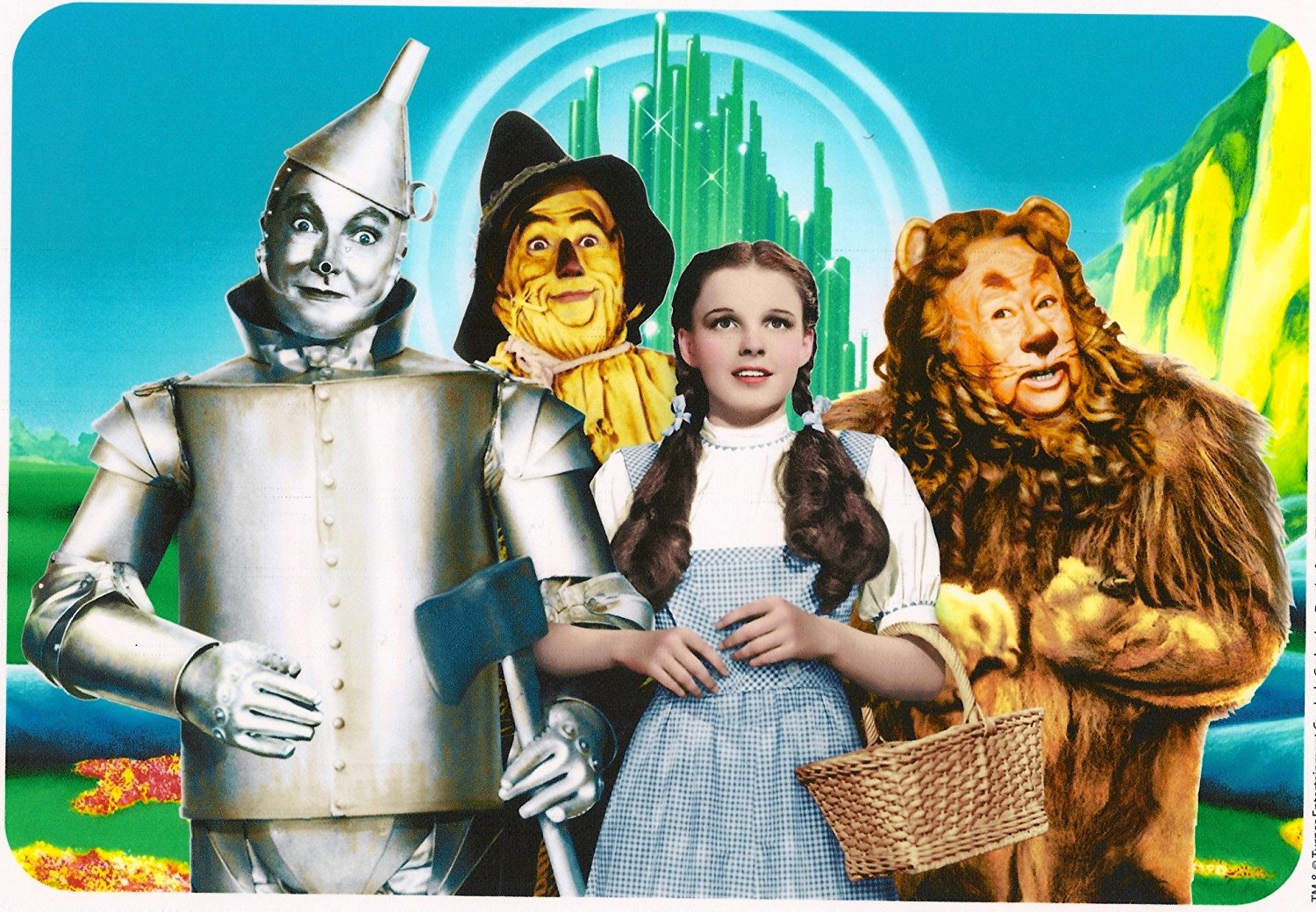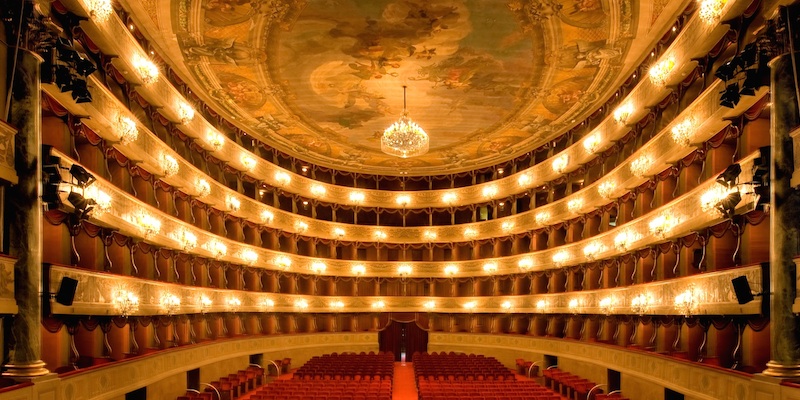Abba’s musical heritage beyond time and space

Famous singers and musical bands usually come from America or Great Britain, because English-speaking countries are benefited from their language immediacy.
Consequently, English songs have more chances of spreading worldwide successfully; this is one of many globalization effects.
English advantages are not only some countries’ prerogative, since there are some musical realities, although they are a minority, capable of exploiting this universal language, linking it with another one, equally multipurpose, such as music is.
English and music have an unimaginable communicative power together: they arouse feelings and psychophysical sensations, overcoming space barriers, difficulty in understanding and different points of view among various people.
Music resets age, cultural differences and shortens distances, turning itself into a surprising mass phenomenon.
And that can happen also outside a pure English environment, proving legends of international music haven’t only one territory of origin.
The Abba are the best example of this winning artistic and musical fusion: during their golden years, they were the first non-English-speaking musical group who achieved a so wide success in English countries, like the United Kingdom, Ireland, United States of America, Canada, Australia, New Zealand and South Africa.

The Abba. (n.d.). [Photo]. Abba Site. https://abbasite.com/uploads/2018/04/8419-waterloo-47-d-1536×1058.jpg
The Swedish quartet had the merit of legitimizing the Scandinavian music industry as a global success source, paving the way for other Swedish groups like Ace of Base or Roxette, belonging to pop and rock genres.
Let’s find out better who are the Abba, their immortal songs and how they have affected some aspects of society, like cinema and theatre.
The Abba: story, band members and discography
The Abba’s story began in June 1966, when Björn Ulvaeus (born in 1945) and Benny Andersson (born in 1946), the two male members of the band, met for the first time.
Björn was a member of the Hootenanny Singers, a very popular folk music group, while Benny played keyboards in Sweden’s biggest pop group of the 1960s, The Hep Stars, and they started collaborating together, becoming a regular partnership as composers.
In 1969 Benny and Björn met the other half of Abba, the two women Agnetha Fältskog (born in 1950) and Anni-Frid Lyngstad (born in 1945), nicknamed Frida, who added charm and elegance to the band; moreover, Agnetha and Björn got married in 1971 and Frida and Benny did the same in 1978, confirming a deep bond which is not only artistic but also human.
At the beginning of the Seventies, the four guys were noticed for their captivating combined voices, to the point that they decided to set the cabaret act “Festfolk”, even if this first collaboration revealed itself a flop.
Winds of change arrived in 1972 when the group recorded the song “People need love”, which obtained a medium success in Sweden; thanks to that, they were encouraged to participate in Melodifestivalen, the Swedish selection for the Eurovision Song Contest, in 1973, with the song “Ring ring”.
The quartet didn’t win the competition, however the single and the album with the same name were the biggest hits of the year in Sweden.
The next year, the four guys competed again in Melodifestivalen with “Waterloo” and succeeded in being selected for the Eurovision finals in Brighton, England.
In the meantime, they adopted the definitive name ABBA, which represents the acronym of their first names.
The Eurovision Song Contest on April 6th 1974 was probably the most important event in Abba’s history because the quartet triumphed over the jury thanks to “Waterloo”; this song was the number one on the charts all over Europe, even reaching the Top Ten in the USA, where the Eurovision was irrelevant.

The Abba in the USA. (n.d.). [Photo]. Abba Site. https://abbasite.com/uploads/2018/04/usa.jpg
The Australian case is astonishing: the remote country was affected by an authentic Abba fever, which led the group to the top of the charts with six hits.
In that decade, Abba’s successes were continuous and with few rivals: in 1976 they became one of the most popular groups in the world and some of their compilations, like Greatest Hits or The Best of Abba, whose names were different according to the country of distribution, revealed themselves global blockbusters.
In 1977, after releasing the fourth album “Arrival”, the concert tour in Europe and Australia was no less, having been sold out everywhere.
In 1978 the quartet focused on promotional campaigns in the USA, with other hit singles, like “Take a chance on me”, but the next year relations within the group began to break down, since Björn and Agnetha announced their divorce, deleting the image of two happy couples.
In spite of that, the year 1979 gave another great international tour, a second successful compilation album and the new attractive single “Gimme! Gimme! Gimme! (A Man After Midnight)”.
At the beginning of the Eighties, the Abba held their last live concerts in Japan, to then record the album “Super Trouper”, with other classic hits such as “Super Trouper” and “The Winner Takes It All”.
In 1981, also Benny and Frida announced their divorce, however, they continued to work together, publishing their eighth album “The Visitors”, with the main somewhat autobiographical song “One Of Us”.
The year 1982 signed Abba’s inexorable decline: each of them started taking care of other projects separately and the last single “The Day Before You Came”, despite it being very accurate in recording, didn’t become a worldwide hit.
Consequently, at the end of 1982, Abba decided to take a break, which turned into a definitive dissolution of the band, obscuring the hopes of a possible reunion.
Abba’s music between cinema and theatre
Even if the Abba haven’t been an active reality for many years, their music doesn’t stop involving many people around the world and inspiring other artistic works.
In 1992 Abba’s music was still so alive that the compilation CD “Abba Gold” sold more than 31 million copies to date.
This uninterrupted satisfaction by the public prompted to set of the hugely successful musical “Mamma Mia”, which premiered in London in 1999.
Written by the playwright Catherine Johnson, with Björn Ulvaeus’s screenplay, it presents the best Abba’s hits as the soundtrack.
The story told is fresh and romantic: Sophie, Donna’s daughter, is ready to get married but, before that, she would know who is her father, but she has to choose among three possible candidates.
The success of the show was striking: when it landed on Broadway in 2001, “Mamma Mia” quickly spread across the globe; it has been seen by more than 60 million people in over 440 cities and translated into numerous languages.
Exploiting this genuine enthusiasm, “Mamma Mia the Movie” was made from the theatric show in 2008: it is the musical comedy which has grossed more in cinema history, besides becoming the best seller DVD of all times in Great Britain.
“Mamma Mia The Movie” has an exceptional cast: Amanda Seyfried as Sophie, Meryl Streep as Donna, Pierce Brosnan, Colin Firth and Stellan Skarsgård.
Ten years later “Mamma Mia! Here We Go Again” debuts in cinemas: it is a sort of prequel/sequel of “Mamma Mia! The Movie” because it tells about Bella Donna Hotel opening by Sophie and Donna’s youth.

“Mamma Mia! Here We Go Again” original poster. (n.d.). [Photo]. Turismo Bellano. https://www.turismobellano.it/wp-content/uploads/2018/08/Mamma-Mia-Ci-Risiamo.jpg
The cast is reconfirmed, although Meryl Streep plays a very little role during the finale, with the addition of Lily James as young Donna, Andy Garcia and the famous singer Cher as Sophies’s granny, giving a precious cameo to the film.
The Abba are that: all-round music and entertainment, stories and emotions which catch ears, eyes and hearts beyond any single song…
And travel across their popularity hasn’t finished yet.
Abba The Museum
This building is the maximum consecration of Abba’s heritage, the temple of their artistic production and their eternal impact on society.
The museum is located in Stockholm, Sweden, and it hosts virtual exhibitions and many memorabilia, like original costumes and gold records, deepening the group’s history and discovering some unknown details about Abba’s career.
A temporary section is dedicated to “Mamma Mia! The Movie”, which shows all the hard work and magic of filmmaking.
The museum idea comes from Westman spouses, who decided to create this particular tribute to Abba’s history after having visited Beatles Museum in Liverpool in 2006; they took two years to convince Abba’s members about this wonderful initiative.
Founders chose an abandoned warehouse, to build a museum which has to be praised for its cutting-edge technology too.
The structure was inaugurated on May 7th 2013.

Abba The Museum room with original costumes. (n.d.). [Photo]. Abba The Museum. https://abbathemuseum.com/wp-content/uploads/2019/11/Waterloo_740x460.jpg
Abba’s charismatic sound is unmistakable and this enchanting quartet isn’t only a Swedish pride, but also a vaunt for music in the world, for many other years to come.
Sources:
- Abba’s story and discography. (n.d.). Abba The Official Site. Retrieved June 22, 2021, from https://abbasite.com/
- Abba The Museum. (n.d.-a). Abba The Museum. Retrieved June 22, 2021, from https://abbathemuseum.com/en/
- Mamma Mia! The Musical. (n.d.). Mamma Mia! Il Musical. Retrieved June 22, 2021, from https://www.mammamiamusical.it/
- “Mamma Mia! Here We Go Again.” (n.d.). Il Messaggero. Retrieved June 22, 2021, from https://www.ilmessaggero.it/televisione/stasera_in_tv_canale_5_film_mamma_mia_ci_risiamo_trama_cast_18_giugno_2021-6030080.html
- Abba The Museum. (n.d.-b). Wikipedia. Retrieved June 22, 2021, from https://it.wikipedia.org/wiki/ABBA_The_Museum







